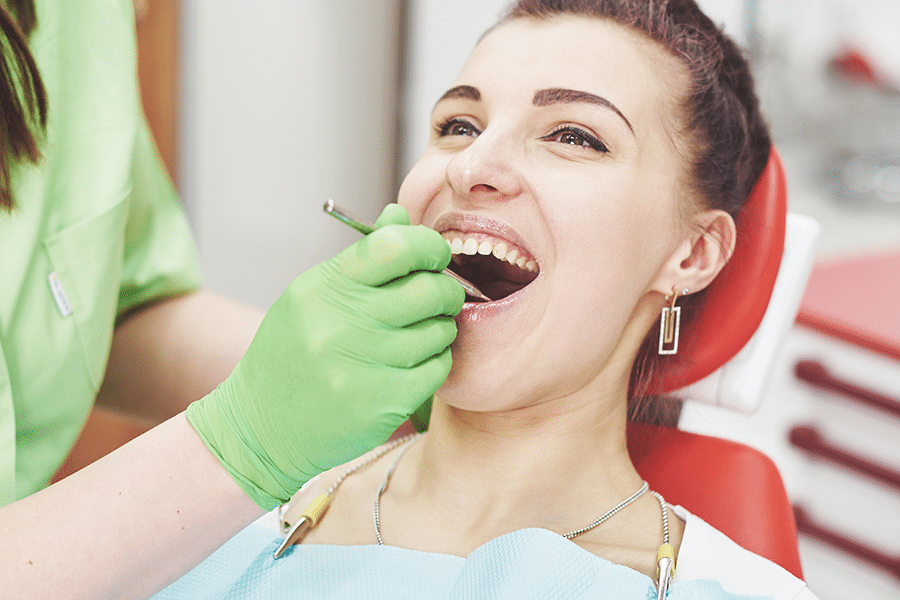A dental bone graft is performed to increase the amount of bone in a part of the jaw where bone has been lost or where additional support is needed. The bone may be taken from elsewhere in the body and surgically fused to the existing bone in the jaw. A dental bone graft is sometimes needed if further procedures, such as dental implants, are necessary or if bone loss is affecting the health of nearby gums and teeth.
What is Bone Grafting?
Bone grafting may sound like an intimidating procedure but it’s not as scary as it sounds. Think of your bones as a living, moving, and fluid thing (because they are). Your body is constantly changing and your bones are no exception!
When it comes to the bones that are part of your mouth’s structure the constant changing and movement can either be a positive process or one that causes damage and discomfort. An example of a good result of this adaptability of bone is how an orthodontist can gradually move your teeth with the aid of braces for a beautiful smile! On the other hand, your bones can negatively move out of position or experience loss after losing a tooth or as a result of gum disease.
This bone loss in the structure of the mouth can be restored by an experienced oral surgeon through a procedure called a bone graft. During an oral bone graft, the doctor will remove a section of bone from another part of the body, or through the use of a bone bank, and graft or surgically transplant it into the area of your jaw or mouth that requires more support.
Once the bone graft has been completed, you’ll need to wait a few months for the bone graft to ‘take’ or create enough new bone and grow into a strong foundation stable enough for the implant to be successful.
The goal of a bone graft at the oral surgeon is to create a strong dental structure for your new dental implants.
What’s the recovery and aftercare for a bone graft?
After a bone graft, you’ll probably leave the dentist’s office with gauze packed around the incision in your mouth.
You will be given instructions for changing the dressing during the next 24 hours and a prescription for antibiotics to help prevent infections. You may also be given a prescription for pain relievers.
Other postoperative care tips include:
- applying ice packs to help reduce pain and swelling for the first day or two
- eating soft, bland foods for the first few days
- sleeping with your head slightly elevated the first night or two to help prevent blood from pooling at the site of the incision
During the initial recovery period, you should avoid:
- hot liquids, such as coffee or soup
- hard or crunchy foods, such as nuts
- any physical activity, such as contact sports, that may put the incision at risk
After a week or so, the dull pain in your jaw should give way to some mild discomfort and should feel like it’s improving.
Your jaw should start to feel normal after a few weeks. But it usually takes a few months before your jaw is strong enough to receive implants.
For more post-operative instructions click here.
The takeaway
Dental bone grafts are done to help prevent long-term health problems associated with tooth loss and gum disease as well as to provide sufficient bone material to support dental implants.
Following your doctor’s guidance during recovery will help minimize your chances of having problems after the procedure and improve the odds of maintaining good dental health in the years ahead. Please feel free to contact our office with any questions and concerns you may have.
